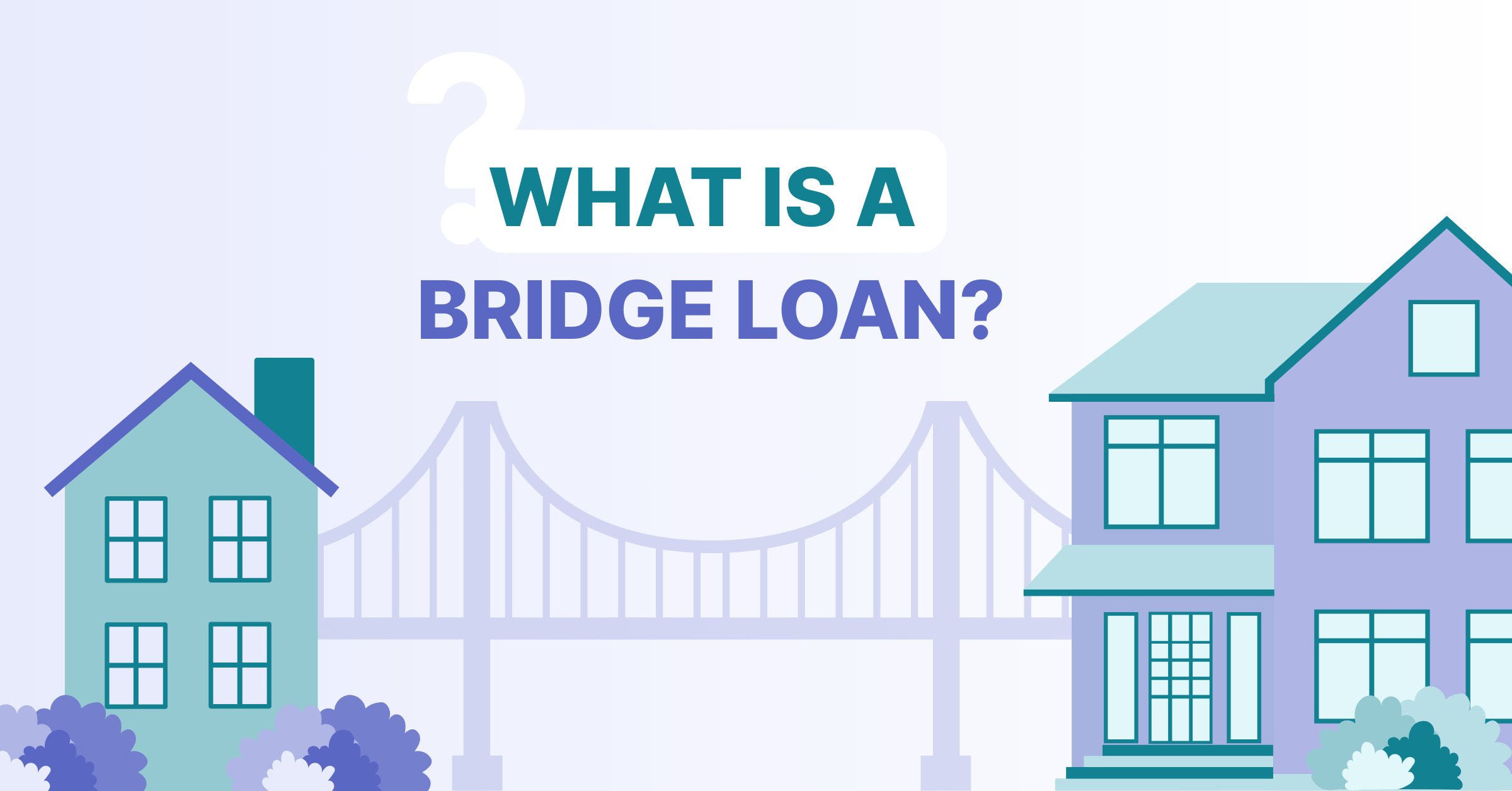Real estate investing has become a great American pastime, with an estimated 28 million people defined as real estate investors. But not all real estate investment strategies are the same. The three most common models are:
1. Wholesale Real Estate
Considered one of the best ways to break into real estate investing, wholesaling may be a great way to make short-term profits. It involves acquiring the contract on a property (often a distressed one) with the intent of assigning it to someone else. It's a popular form of investing because it often doesn't require a lot of cash.
Investors who buy from wholesalers are often interested in fix-and-flip investing (see below) or they plan to hold on to properties as a long-term rental investment. To excel at wholesaling, you must be skilled in locating undervalued properties and selling to buyers who might not otherwise know about them.
Although the financial upside of wholesaling is significant, it's not without its risks. Many first-time real estate wholesalers do not yet have the connections or knowledge to strike it rich right out of the gate.
2. Buy and Hold
As the name implies, a buy-and-hold investment strategy involves doing thorough research to identify potentially strong geographies or opportunities. Because investors who are buying to hold are looking at long-term gains, they must develop a deep understanding of neighborhoods and trends. Understanding comparables and the histories of properties and neighborhoods is also essential.
Buying and holding can be a long-term strategy and is not without financial risks. For example, if someone buys property in an area with high vacancy rates, he or she will not have a steady rent income while waiting for the values to appreciate. If, however, you choose the right area and properties, you can have a steady income stream while your property appreciates. Doing your research, comparing geographies, and gaining experience with multiple properties are all key to making this real estate investment strategy work
3. Fixing and Flipping
If you watch HGTV, you'll see the glamorous version of this real estate investment strategy. In reality, seasoned investors who fix and flip houses do their due diligence regarding home values, costs of repairs and upgrades, and neighborhood comparables.
Learning how to fix and flip houses can take time and experience. Among the most common mistakes first-time flippers make are borrowing errors, underestimating renovation costs, or miscalculating market conditions. Insurance for flippers is also a bit complicated. They may need both a vacant building policy and a builder's risk policy. Make sure you're dealing with a reputable insurance agent who is flip-savvy.
The ideal timeframe for a flip is between four and six months. A standard real estate investing rule of thumb for fix and flips is the 70 Percent Rule. That means that an investor should pay 70 percent of the After Repair Value (ARV) of a property minus the repairs needed. So, if a property's ARV is $200,000 and repairs cost $30,000, an investor shouldn't pay more than $119,000.
Flipping and wholesaling sometimes go hand-in-hand. Some investors will wholesale properties with the expectation that a seasoned flipper may be interested in doing the work and making the investment to improve the home's value. In fact, seasoned real estate investors may participate in all three real estate investment models, creating a diverse portfolio that gives them a variety of profit-turning opportunities.
The common thread across all three real estate investment strategies is this: Investors need to do their homework. Technology has simplified that process, as today's investor has access to tools like PropStream, that provide them with current data and the ability to reach out to sellers and jump on hot deals more quickly.
Balancing real estate investment fever with thorough technology-based research (and a little bit of good luck) can turn any of these real estate investment types into a significant income stream.



